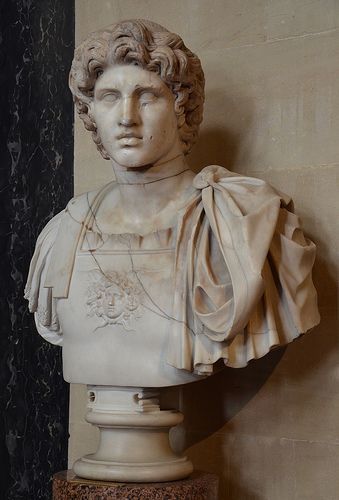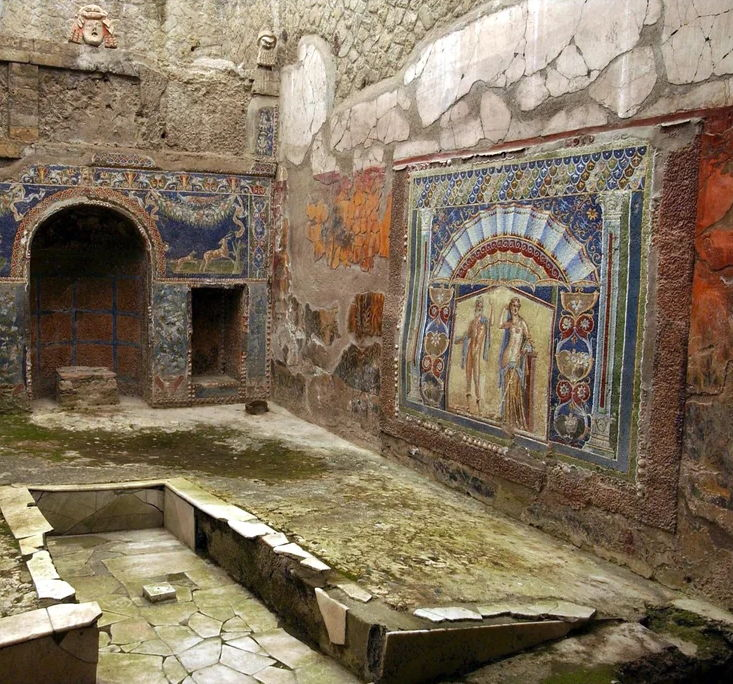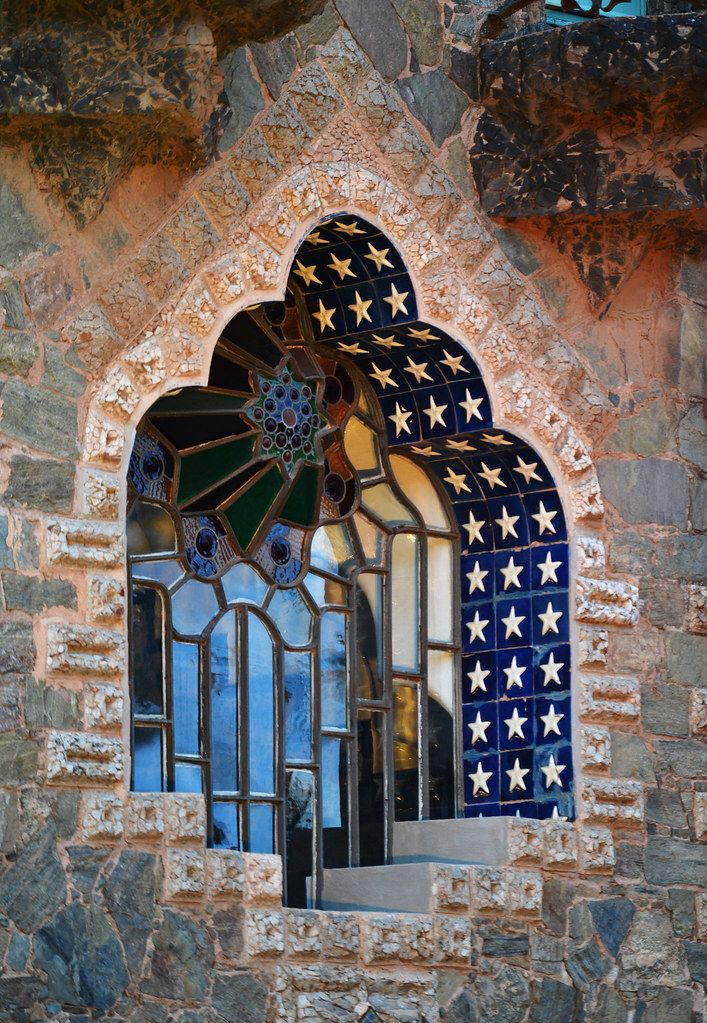Alexander the Great was born around July 20 or 21, 356 BC.
His story has been told and retold for centuries, but some of the most powerful tributes are in art.
Let’s take a look. 🧵 👇
His story has been told and retold for centuries, but some of the most powerful tributes are in art.
Let’s take a look. 🧵 👇

One of the oldest portraits of Alexander the Great is a marble bust from Pella, his birthplace. He’s shown with a tilted head and intense gaze—a look that became his signature across centuries. 

The famous Alexander Mosaic, found in Pompeii, shows him mid-battle against the Persian king Darius III. His expression is fierce and focused. It’s a dynamic moment captured in stone. 

Though it’s not actually his tomb, the Alexander Sarcophagus from Sidon shows him hunting and fighting.
Greek and Persian styles mix here, hinting at the world he tried to unite.
Greek and Persian styles mix here, hinting at the world he tried to unite.

Sculptors often made Alexander the Great look like a god. A Roman statue called the Azara Herm shows him staring upward with a calm, powerful expression.
People believed he was touched by divinity.
People believed he was touched by divinity.

Lysippus, his personal sculptor, set the standard for how Alexander the Great should be seen: lean, wild-haired, with sharp, focused features. Almost all later statues follow this look. 

During the Renaissance, artists brought Alexander the Great back as a noble hero. In one painting by Veronese, he’s calm and generous, meeting a royal family after battle. 

Baroque painters loved drama. Charles Le Brun’s version shows Alexander the Great entering Babylon in triumph, surrounded by rich buildings and cheering crowds. 

In the 1700s, Alexander the Great stood for Enlightenment ideals—reason, power, brilliance. Tiepolo painted him as radiant and poised, like a symbol of human potential. 

Neoclassical art saw Alexander the Great as disciplined and virtuous. Jacques-Louis
David sketched him with serious, almost Roman features—less myth, more moral strength.
David sketched him with serious, almost Roman features—less myth, more moral strength.

In the 19th century, Alexander’s romantic allure grew. Edgar Degas’s Alexander and Bucephalus (1862) captures the taming of his famous horse, full of youthful fire and determination. 

In modern times, statues of Alexander the Great often show him on horseback, spear in hand. In Thessaloniki, Greece, he’s a symbol of pride and heritage. 

Even coins carried his image. His successors showed Alexander the Great with ram’s horns, linking him to the god Zeus-Ammon. 

Whether as a hero or god, Alexander’s image in art keeps evolving. Today, on his birthday, we remember how art keeps legends alive. 

• • •
Missing some Tweet in this thread? You can try to
force a refresh





















